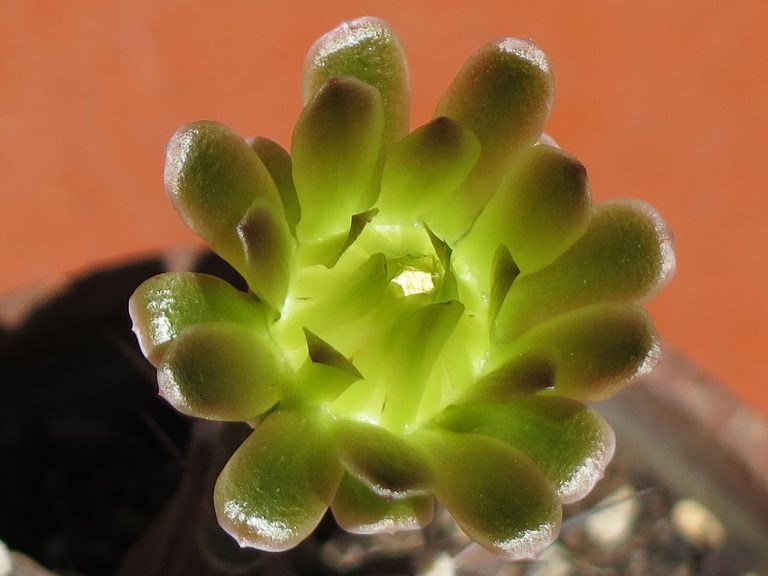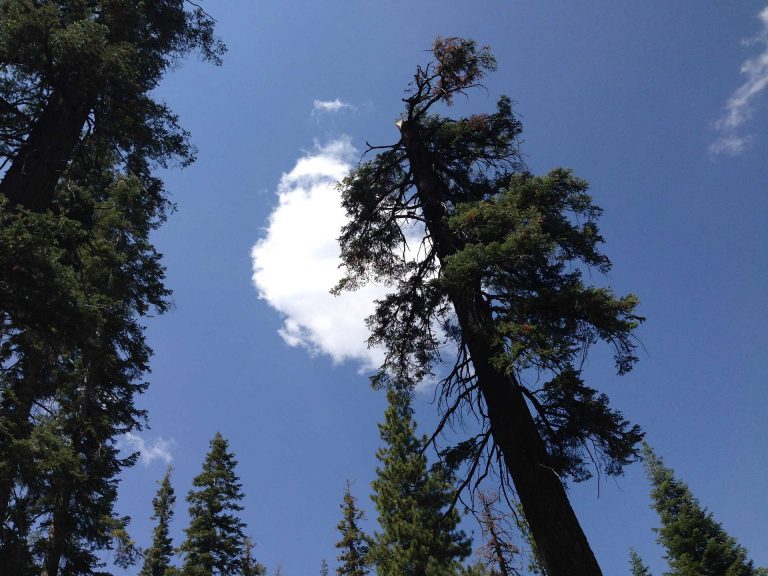Gardenia Flowers
Scientific Classification
| Kingdom: | Plantae |
| (unranked): | Eudicots |
| (unranked): | Asterids |
| Order: | Gentianales |
| Family: | Rubiaceae |
| Subfamily: | Ixoroideae |
| Tribe: | Gardenieae |
Gardenia is a group of 142 special varieties of flowering plants belonging to the coffee family. Gardenia belongs to southern Asia, subtropical and tropical provinces of Africa, Oceania and Australia. Carl Linnaeus and John Ellis named this group after Dr. Alexander Garden a Scottish biologist, born in America. The gardenias in some Pacific Islands allude to status of relationships and availability of partners. Wearing these flowers on the right ear indicates that the person is not encumbered and worn on the left ear shows an engaged status.
Anatomy
These gardenias are tiny trees and evergreen shrubs, and grow to a height of 1 to 15 meters (3.3 to49’). The leaves face each other or you can see them in twists of three or four, 5 to 50 centimeters (2 to 20 in) in length and 3 to 25 cm (1.2 to 9.8 in) in width. The texture of the leaves is leathery and color glossy dark green. You can find the flowers in clusters or singular, light yellow or as white flower gardenias. The tubular-based corolla contains 5 or 12 lobes (petals) of diameter 5 to 12 cm (2 to 4.7 in). Most of the varieties bear fragrant flowers with a strong scent. They flower around mid-spring to midsummer.
How to Cultivate Domestically

Photo by: Meneerke Bloem
Summary
Since gardenias have very exact requirements, to ensure your plants’ continued bloom, you must meet these needs.
- Bright sun, partial shade during summer ( where it is very hot).
- Soil acidic of pH value 5 to 6.
- Maintain the soil damp, not wet.
- Mist daily or maintain humidity.
- Feed heavily, keep the temperatures cool at night.
Placement and Watering
- During the afternoons of hot summer, keep away from direct sunlight. However, in the rest of the day, allow them exposure to sunlight.
- Avoid growing gardenias in the dry seasons because they tend to lose their buds prior to maturing.
- Maintain a moderate watering system. Excessive watering turns the leaves yellow and they slowly fade away. Insufficient watering makes the soil dry and arrests the growth of the plant
Planting
Plant the Gardenias in rich soil with compost and peat moss.
Mulch the plants with 2 to 3 inches of sawdust, wood chips or ground bark to protect their low-lying roots from suffering damage when you cultivate around the plants. This also maintains the soil cool, moist and free of weeds.
Supply nutrients to the gardenias at growing time after every three weeks. Avoid alkaline-based or neutral soil. During summer, spring and fall, thrice each year, provide the in-ground gardenia flowering shrubs with fertilizers consisting of gardenia food or water-soluble azalea.
Growing Gardenia Indoors
In case you intend to grow your Gardenias indoors as a potted plant, protect it from direct, hot sunlight, but give sufficient bright light.
After Bloom Care
Prune the woody branches and drooping flowers and concentrate on the plant’s yield of blooms and fresh growth, paying attention to maintaining the compact shape of the shrub.
As Cut Flowers

Photo by: Scott Zona
These gardenia flowers emanate a unique highly scented, sweet fragrance used for extraction of scented oils, using in scented candles and for making perfumes. The flower is delicate, so if held carelessly will damage and rupture very fast. After removing the cut gardenia from the garden, they retain their freshness for a considerable time. If you chose the gardenia flowers to remain in the garden, take proper care, and you can keep them fresh for cutting when you want.

Having discovered a fondness for insects while pursuing her degree in Biology, Randi Jones was quite bugged to know that people usually dismissed these little creatures as “creepy-crawlies”.







